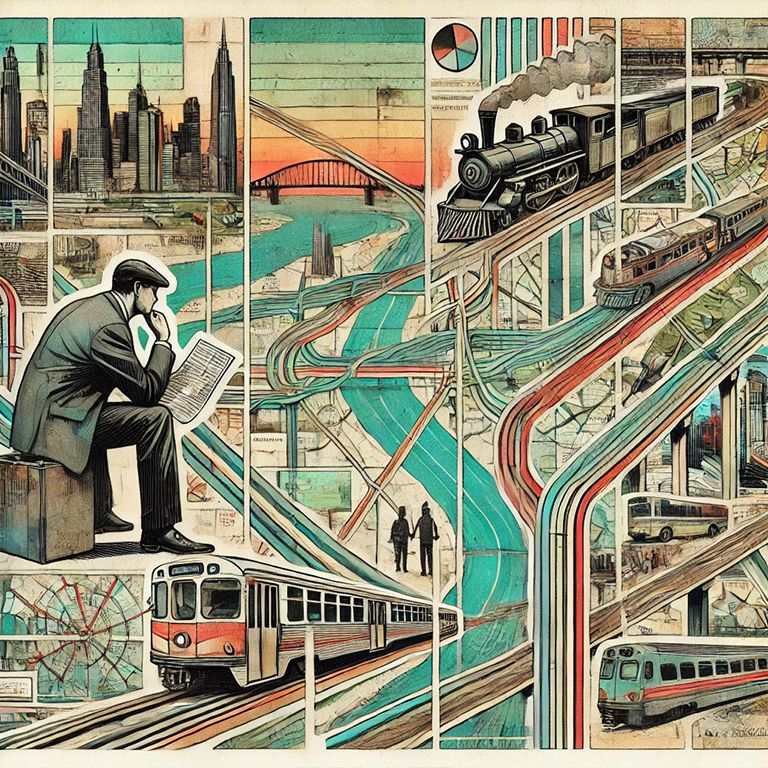Technology & Innovation
Cracking Complex Problems
What the Traveling Salesman Teaches Us About Management.
By: Michael Vitaro 🇨🇦
2024-09-07

Cracking Complex Problems — What the Traveling Salesman Teaches Us About Management
In business, challenges often start simple then—as variables grow—finding optimal solutions becomes exponentially harder. In computer science, these are known as NP-Hard problems. The most famous example, the Traveling Salesman, asks how to map the quickest route through multiple cities using a defined yet extensive road network.
This mirrors the complexities business leaders face today—balancing resources, tasks, decisions, and logistics. Modern automation addresses these challenges with remarkable efficiency and speed, enabling smarter and more focused decision-making.
USPS: A Modern Makeover
In 2020, when the USPS hit a budget crisis—it forced them to modernize their fleet and improve logistics. By adopting AI and automation, they optimized delivery routes, fuel efficiency, and vehicle maintenance—tackling NP-hard problems much like the Traveling Salesman.
These innovations allowed USPS to solve complex logistical challenges, boosting efficiency while reducing costs and improving service.

Algorithms That Know You
User behavior algorithms—like those used by YouTube, Instagram, Spotify, and LinkedIn—optimize user engagement by analyzing behavior patterns to deliver personalized content.
These algorithms handle vast datasets in real-time, solving NP-hard-like problems as they adapt to individual preferences and engagement patterns, ensuring content or product recommendations stay relevant and efficient.

Project Management Reimagined
Project management today goes beyond task lists—it's about understanding team dynamics and optimizing workflows. Tools like ClickUp, Asana, and Wrike use AI to analyze team behavior, predict bottlenecks, and automate tasks.
AI-driven systems tackle NP-hard-like complexities by redistributing workloads and adjusting timelines.
By streamlining complex workflows, these systems enable teams to work smarter and let leaders focus on strategy and innovation—shifting project management from optimizing tasks to optimizing human potential.